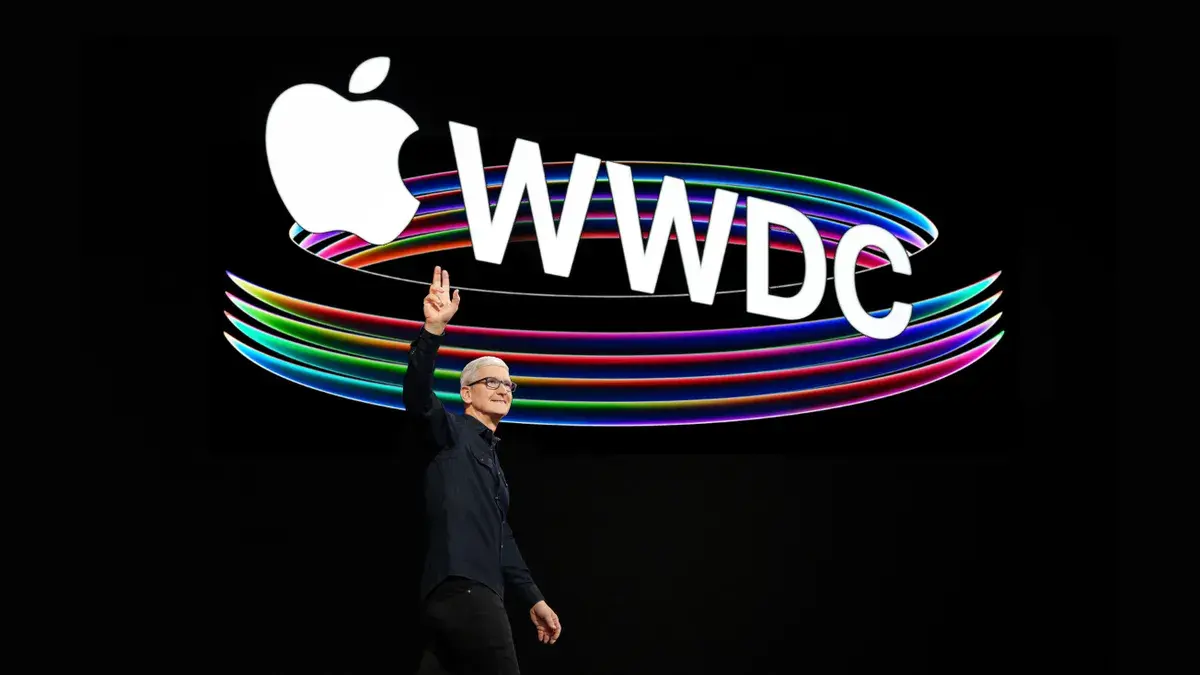Apple has long been a pioneer in the technology industry, setting high standards and leading the way with innovative products and groundbreaking technologies. One area that has garnered significant attention in recent years is Generative AI (GenAI). This technology, which includes artificial intelligence systems capable of creating new content, has been at the forefront of tech discussions. However, as we approach the Worldwide Developers Conference (WWDC), there are indications that Apple may be looking to temper expectations surrounding GenAI.
Relevance and Importance
Understanding Apple’s approach to GenAI is crucial for both developers and consumers. As a leader in the tech industry, Apple’s strategies and announcements at WWDC have a ripple effect, influencing trends, guiding developer priorities, and shaping consumer expectations. By examining Apple’s potential move to lower GenAI expectations, we gain insight into the company’s broader strategic vision and how it plans to navigate the complex landscape of AI development.
Technical Specifications
What is Generative AI?
Generative AI refers to artificial intelligence systems that can generate new content, such as text, images, audio, and even video, based on the data they have been trained on. These systems use advanced algorithms, including deep learning and neural networks, to understand patterns and create original outputs that mimic human creativity.
Key Components of GenAI Systems
- Neural Networks: The backbone of GenAI, enabling the system to learn from vast datasets.
- Training Data: Large, diverse datasets are used to train AI models to understand and generate content.
- Algorithms: Complex mathematical models that process data and generate new content.
- Computational Power: High-performance computing resources necessary to train and run GenAI models.
Apple’s GenAI Capabilities
Apple has integrated AI into various aspects of its ecosystem, from Siri to advanced photography features in the iPhone. However, its approach to GenAI has been more measured compared to other tech giants. Apple’s focus has traditionally been on enhancing user experience with AI-driven functionalities rather than leading with bold GenAI claims.
Applications
Current Uses in Apple’s Ecosystem
- Siri Enhancements: Utilizing AI to improve natural language processing and user interactions.
- Photo and Video Editing: Advanced AI algorithms for photo enhancement, object recognition, and automated video creation.
- Health and Fitness: AI-driven insights and recommendations through the Health app and Apple Watch.
Potential Future Applications
- Creative Tools: AI-driven design and music creation tools for professional and amateur creators.
- Enhanced Accessibility: AI to aid users with disabilities through improved voice commands and real-time translation.
- Smart Home Integration: AI to automate and optimize home environments through Apple’s HomeKit.
Benefits
Improving User Experience
Apple’s integration of AI focuses on creating seamless, intuitive user experiences. By leveraging AI, Apple can offer personalized recommendations, automate routine tasks, and provide advanced functionalities that enhance daily life.
Driving Innovation
AI is a catalyst for innovation across Apple’s product lines. From enhancing photography capabilities to enabling new health monitoring features, AI helps Apple stay at the cutting edge of technology.
Enhancing Efficiency
AI can streamline operations and improve efficiency, both in Apple’s internal processes and in the user experience. For example, AI-driven predictive text and autocorrect features save time and reduce errors in communication.
Challenges and Limitations
Technical Challenges
Developing robust GenAI systems is technically challenging. It requires massive amounts of data, sophisticated algorithms, and significant computational power. Ensuring the accuracy and reliability of these systems is a continual process.
Ethical Concerns
AI development comes with ethical considerations, including data privacy, bias in AI models, and the potential for misuse. Apple, known for its strong stance on privacy, must navigate these issues carefully.
Managing Expectations
High expectations can lead to disappointment if the technology does not deliver as anticipated. Apple must balance innovation with realistic projections to maintain consumer trust and market stability.
Latest Innovations
Recent Developments in GenAI
The field of GenAI is rapidly evolving, with advancements in natural language processing, image generation, and multimodal AI models. Innovations such as OpenAI’s GPT-4 and DALL-E demonstrate the potential and versatility of GenAI technologies.
Apple’s Recent AI Initiatives
While Apple has been more reserved in its GenAI claims, it continues to invest in AI research and development. Recent acquisitions and partnerships suggest a commitment to enhancing its AI capabilities while maintaining a focus on user privacy and ethical AI practices.
Future Prospects
Predictions for GenAI
The future of GenAI holds immense potential, with applications extending into every aspect of life. From creative industries to healthcare, GenAI is poised to revolutionize numerous fields. However, the path to realizing this potential is fraught with challenges that need careful navigation.
Apple’s Strategic Vision
Apple’s strategy likely involves a cautious, measured approach to GenAI. By setting realistic expectations, Apple can ensure sustainable growth and innovation while addressing the ethical and technical challenges that accompany AI development.
Comparative Analysis
Apple vs. Competitors in GenAI
Compared to competitors like Google and Microsoft, Apple has taken a more conservative approach to GenAI. While Google and Microsoft have made bold claims and released advanced GenAI models, Apple’s focus has been on incremental improvements and integrating AI in a user-friendly manner.
Strengths and Weaknesses
- Strengths: Apple’s strong emphasis on privacy and user experience, coupled with its robust ecosystem, positions it well to integrate AI seamlessly.
- Weaknesses: A slower pace of innovation in GenAI compared to competitors may risk falling behind in certain areas of AI development.
User Guides or Tutorials
How to Use AI Features on Apple Devices
- Siri Commands: Customizing and using Siri for various tasks.
- Photo Editing: Utilizing AI-driven features in the Photos app for enhancements.
- Health App: Leveraging AI insights for personal health monitoring.
Maximizing AI Benefits
- Personalization: Adjusting settings to tailor AI functionalities to individual preferences.
- Automation: Setting up routines and shortcuts to automate daily tasks.
- Privacy Controls: Managing data and privacy settings to ensure security.
Conclusion
Recap and Future Implications
Apple’s cautious approach to GenAI reflects a strategic balance between innovation and practicality. By lowering expectations ahead of WWDC, Apple sets the stage for sustainable development and user trust. As GenAI continues to evolve, Apple’s focus on ethical AI and user-centric design will be key to its success.


